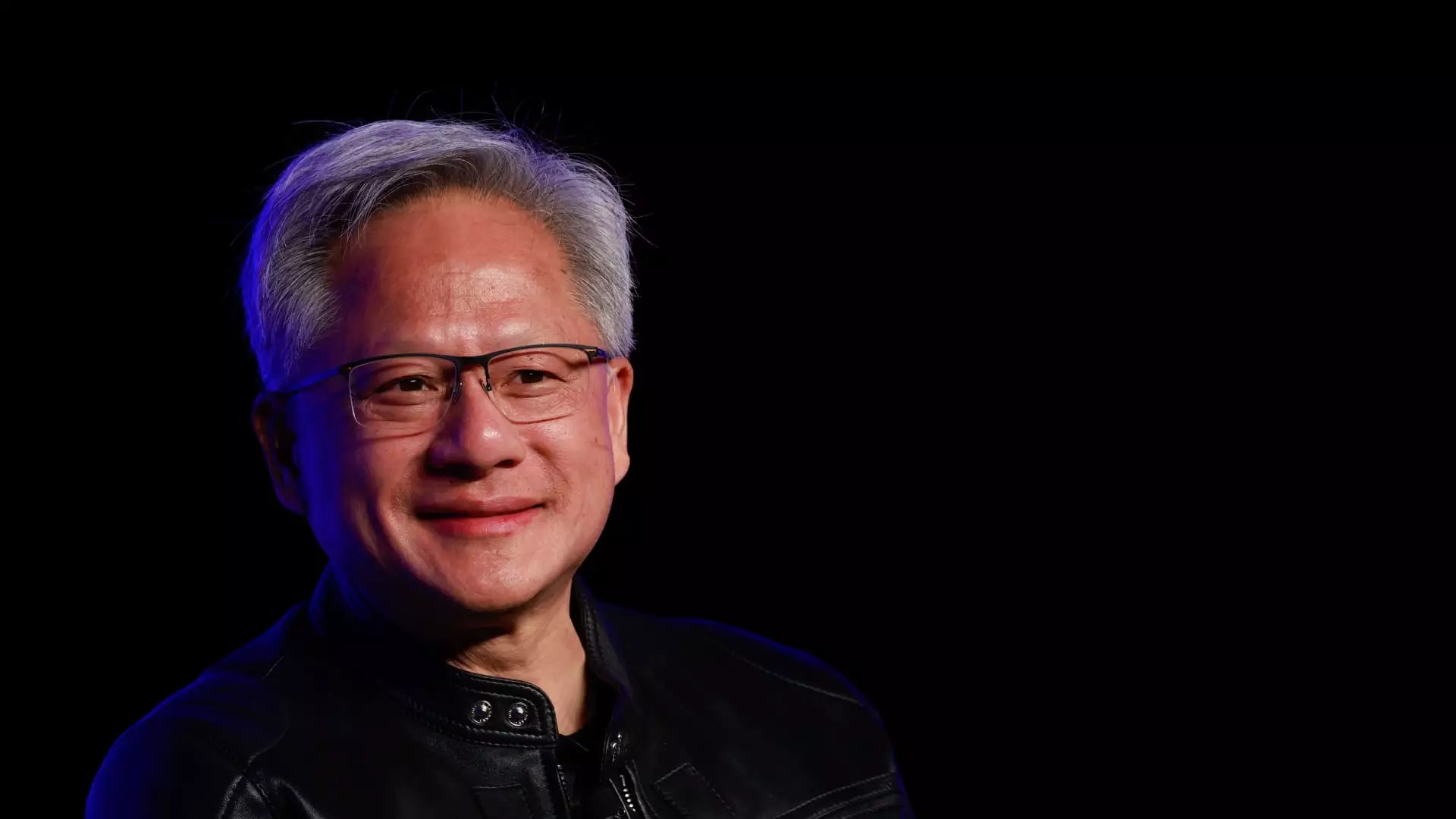In an age where technological evolution is often accompanied by a steep learning curve, Jensen Huang, CEO of Nvidia, positions artificial intelligence (AI) as the “great equalizer.” By suggesting that the ability to communicate with machines has shifted from arcane programming languages to simple human dialogue, Huang highlights a profound change in the technology landscape. Historically, unlocking the power of computing demanded a great deal of technical knowledge. To thrive in this realm, individuals were required to learn complex programming languages, navigate intricate systems, and immerse themselves in a digital lexicon that was rarely accessible to the average person. Now, in what could surely be labeled a revolution in digital communication, we have the emergence of AI models that can comprehend and execute commands issued in plain spoken language.
Huang’s assertion that “everybody knows ‘human'” is not merely a comforting platitude; it signifies a deeper democratization of technology. The promise of AI isn’t just that it makes computing more accessible; it empowers individuals from all walks of life to harness the potential of technology in a way that was previously unimaginable. Instead of needing a degree in computer science to navigate the digital landscape, individuals now need only the capacity to express their thoughts in everyday language.
Conversational AI: More Than Just a Fad
The meteoric rise of conversational AI, epitomized by OpenAI’s ChatGPT, is more than a technological novelty. With a staggering 400 million weekly active users, these platforms are changing the metrics of human-computer interaction. Far from being passive tools, chatbots like ChatGPT and Google’s Gemini are engendering a form of interaction that feels distinctly human. Users are not just programming; they are conversing, negotiating, and collaborating with AI. This evolution of engagement represents a significant shift in our relationship with technology—a dynamic that extends beyond mere convenience and taps into the essence of human interaction.
Huang’s comments suggest a future where your ability to command an AI bot becomes as vital a skill as mastery of conventional programming languages once was. When you can articulate your intentions clearly and concisely, these AI systems translate that into functionality. Huang’s example of using a simple prompt to generate a poem encapsulates this shift beautifully. Instead of writing code to instruct a computer to parse data or generate content, one merely needs to ask—and therein lies the elegance of AI.
The Businesses of Tomorrow Embrace AI
Companies such as Shopify, Duolingo, and Fiverr have begun to recognize the transformative potential of AI, integrating it into their workflows and actively encouraging employees to adapt. As Huang notes, with an ever-increasing number of businesses acknowledging the efficiency that AI can yield, the technology is rapidly becoming not just an asset but a necessity. Not only does this foster innovation, but it also propels the workforce into a future in which adaptability and flexibility are paramount.
OpenAI’s recent figures depicting a growth of 3 million paying business users indicate that the corporate sector is taking AI seriously, even amid concerns about job displacement. Instead of dreading the potential of AI to supplant human labor, we should view it as a vehicle for enhancing productivity. Huang’s promise of AI facilitating greater employee value is clear: those who embrace this technology will not merely survive the shift; they will thrive within it.
The Transformative Nature of AI
What emerges from Huang’s insights is a vision of a future where AI not only simplifies but also enriches the human experience. “Children are already doing that themselves,” he states, suggesting that younger generations are adeptly navigating these new tools. As we stand on the precipice of this technological renaissance, we must understand that AI’s greatest power lies not solely in its capabilities but in its ability to transform how we interact, create, and connect.
In a society where the barriers to entry for technology are gradually being dismantled, the future looks promising. If we can harness this momentum, we stand to gain an entire generation of innovators and creators, equipped not just with knowledge but also with the tools to elevate their ideas into tangible realities.


Leave a Reply